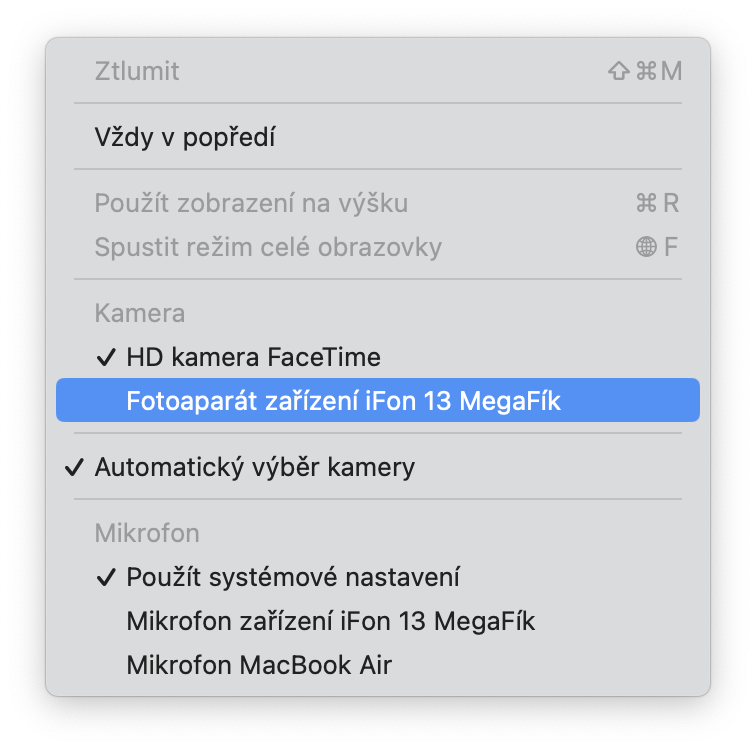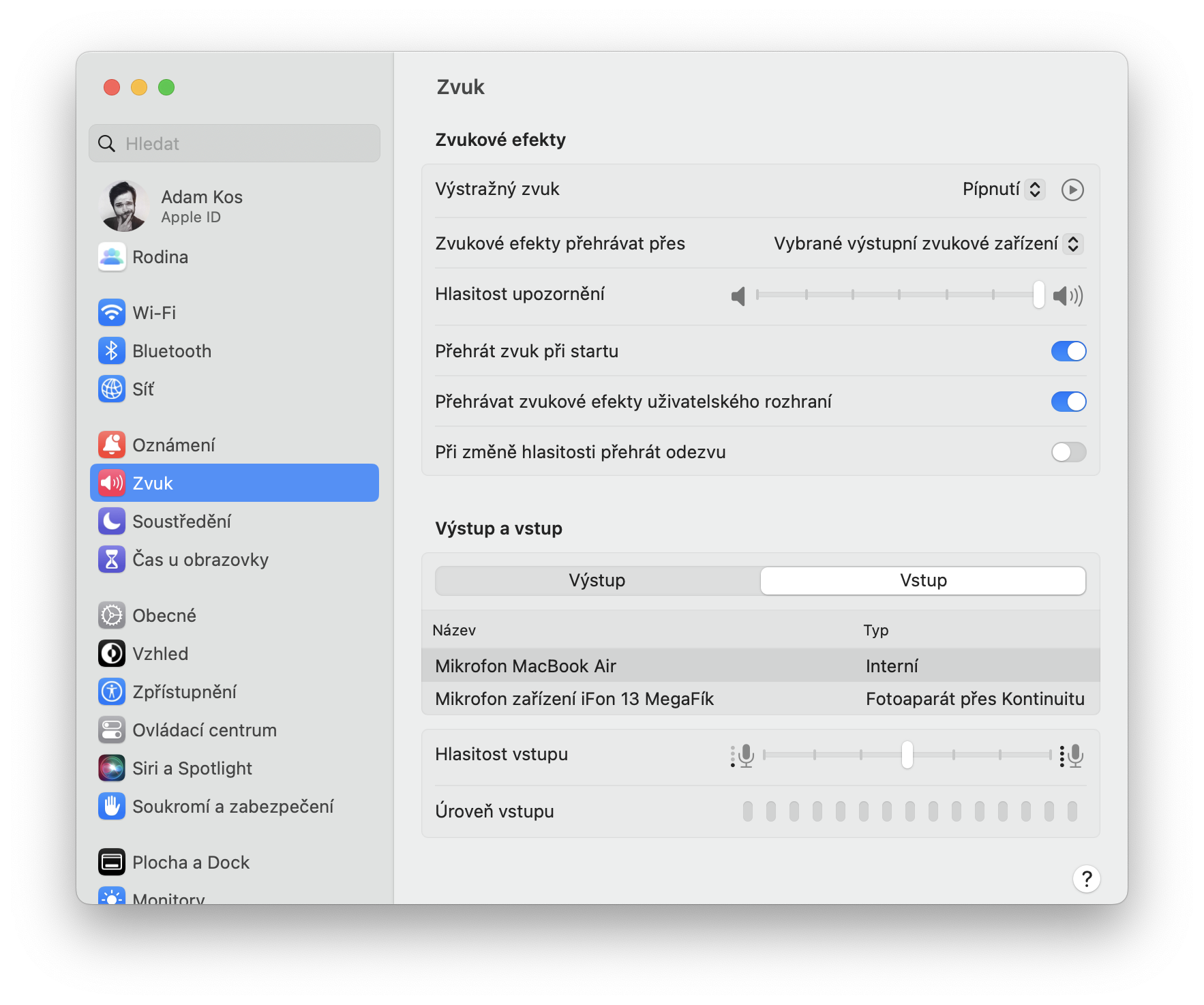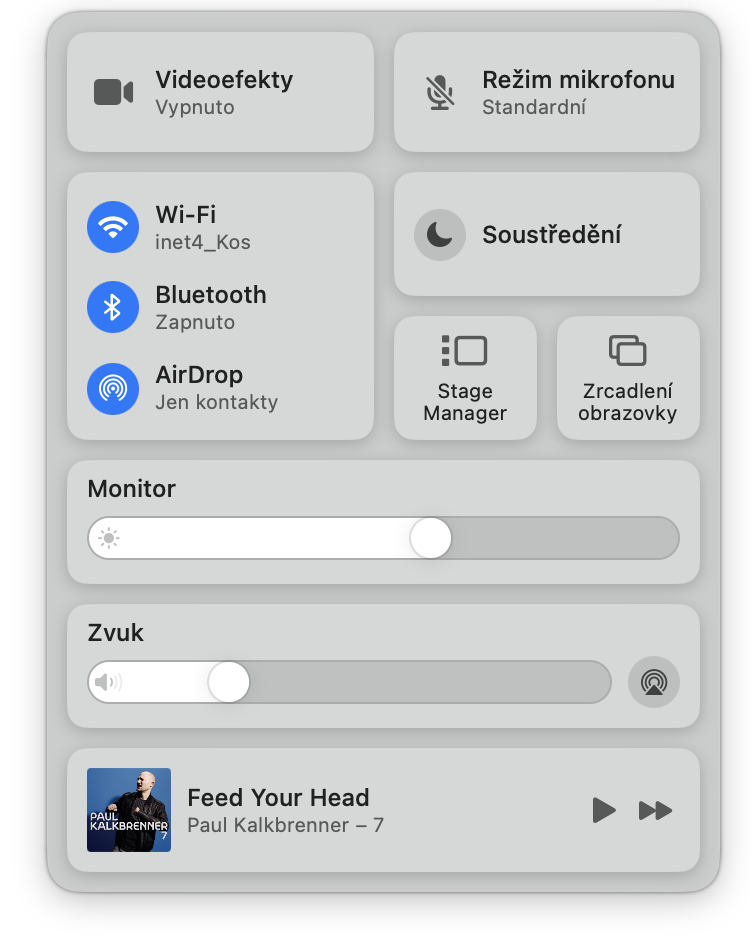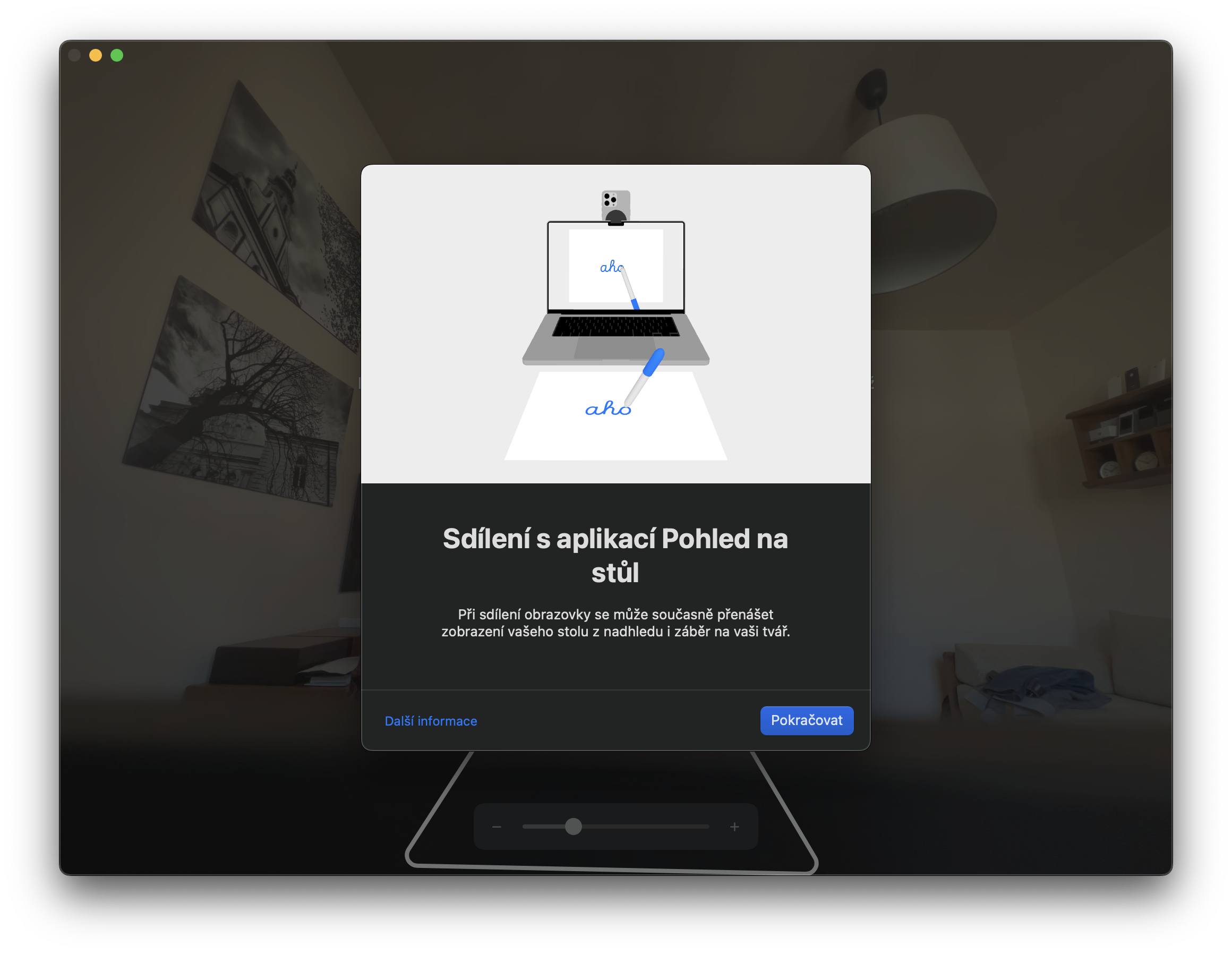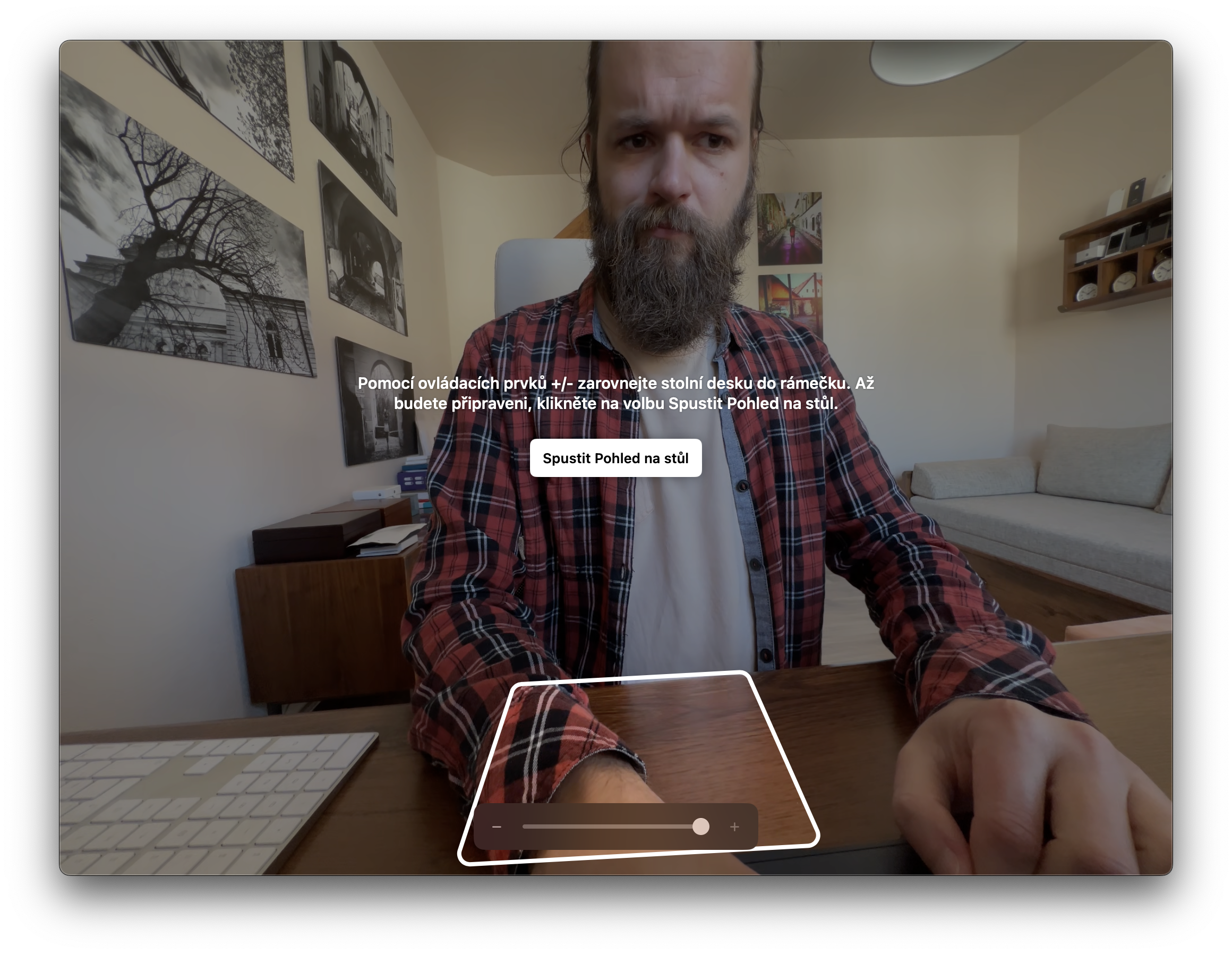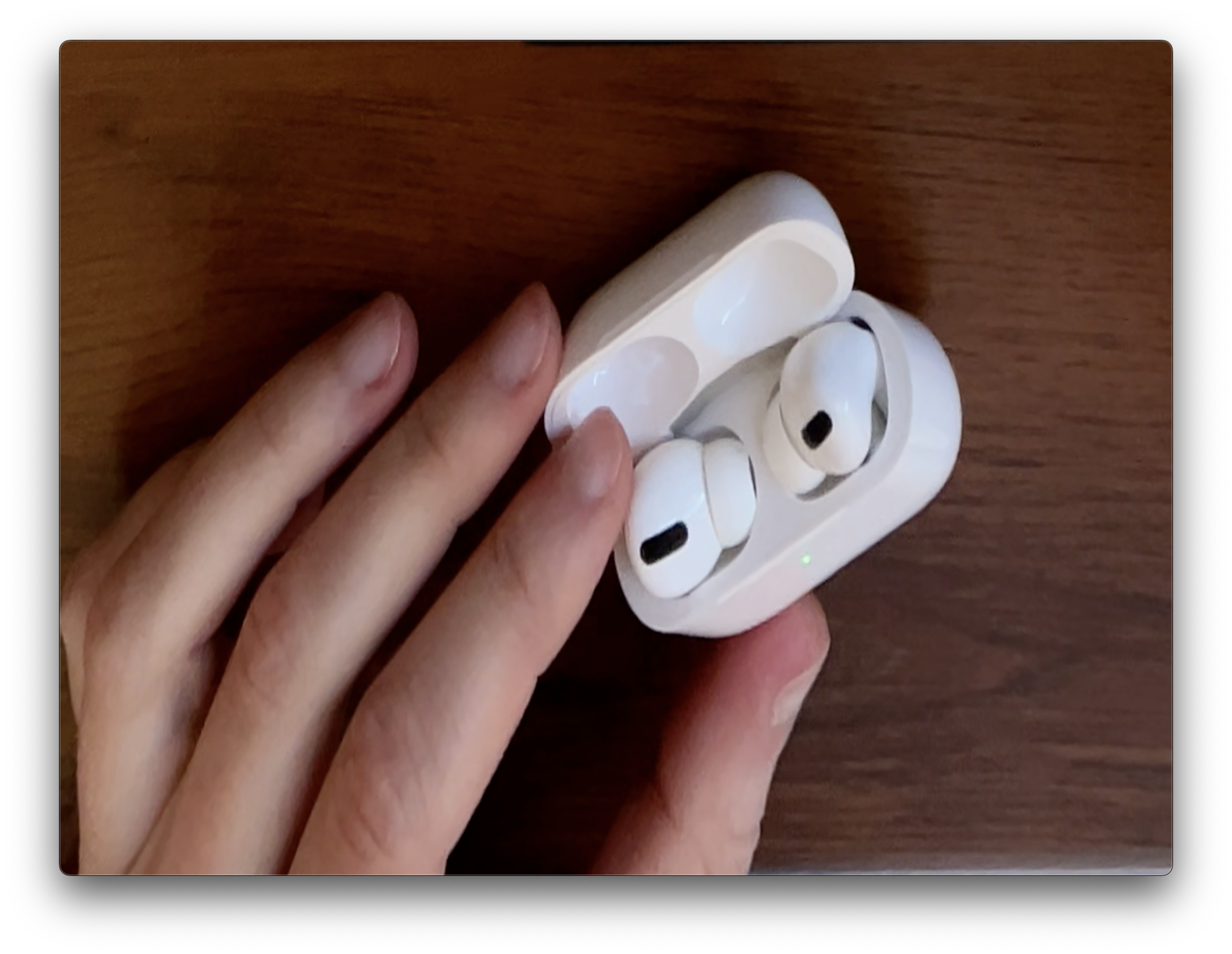With macOS Ventura, Apple brought one rather interesting function in the form of Camera in Continuity. It simply means that you use your iPhone as a webcam. And it works quite simply and reliably.
Most features are available from iPhone 11 onwards, only portrait can be used on iPhone XR and later. Even the iPhone SE can't look at the table. This is simply because the function directly counts on the use of the iPhone's ultra-wide-angle lens, which all iPhones since the iPhone 11 have, with the exception of the iPhone SE, which is still based on the iPhone 8 model, which had only one lens. The reason why you should then use iPhone as a webcam is not only the higher quality video, but also the possibilities it gives you.
It could be interest you
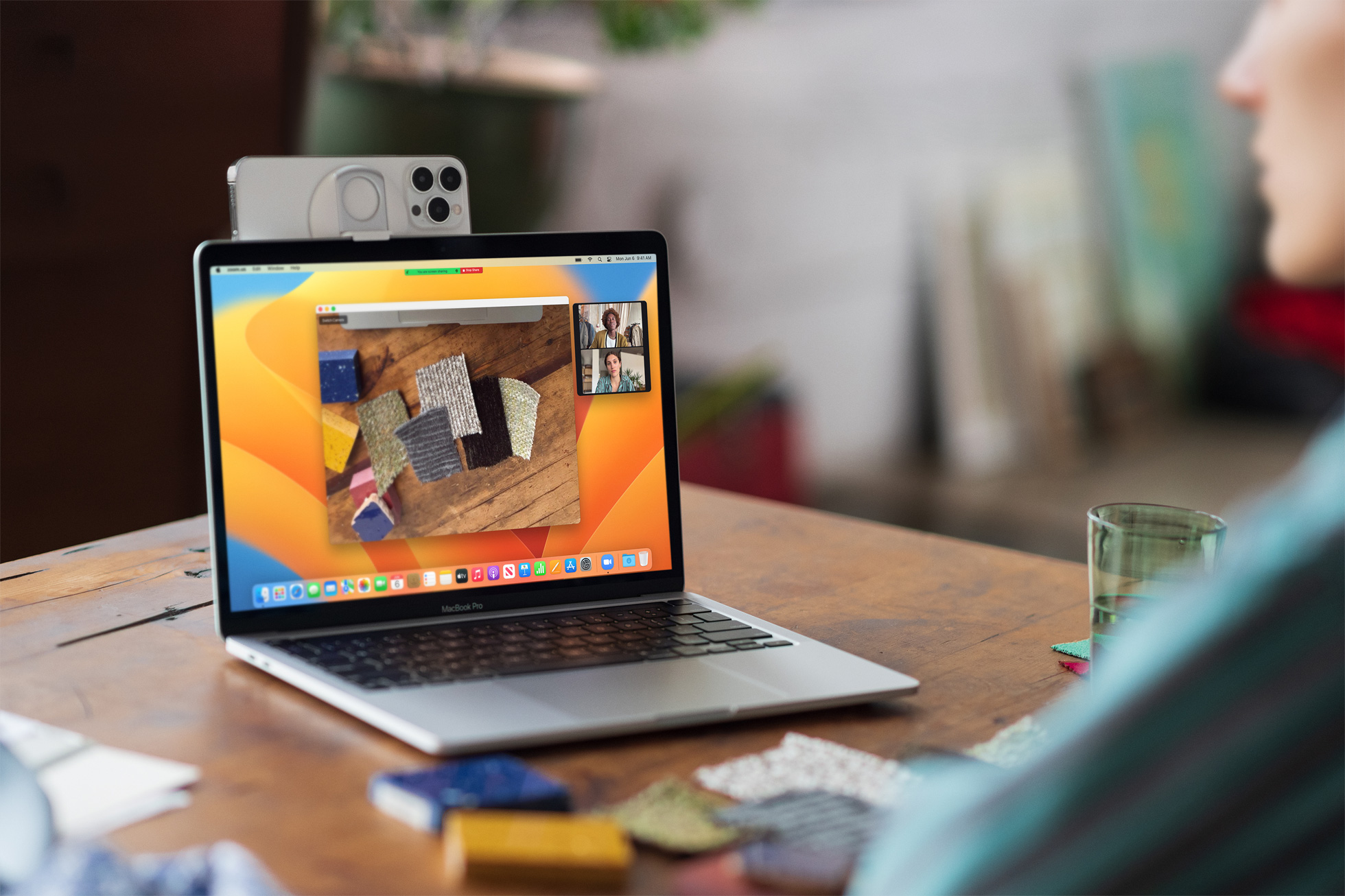
How to connect iPhone to Mac
While introducing the feature, we saw the company's special accessories Belkin, which Apple sells in its Apple Online Store for a common 890 CZK, while relying on MagSafe technology. But if you own virtually any tripod, you can use it, just like you can put your iPhone on anything and prop it up on anything, because the feature doesn't apply to this mount in any way.
You don't even have to connect your iPhone to your Mac, which is the magic. It's just a matter of having the devices near each other and the iPhone being locked. Of course, it helps that it's positioned so that the rear cameras are pointed right at you and not covered by anything like a MacBook lid. It doesn't matter if it's vertical or horizontal.
It could be interest you
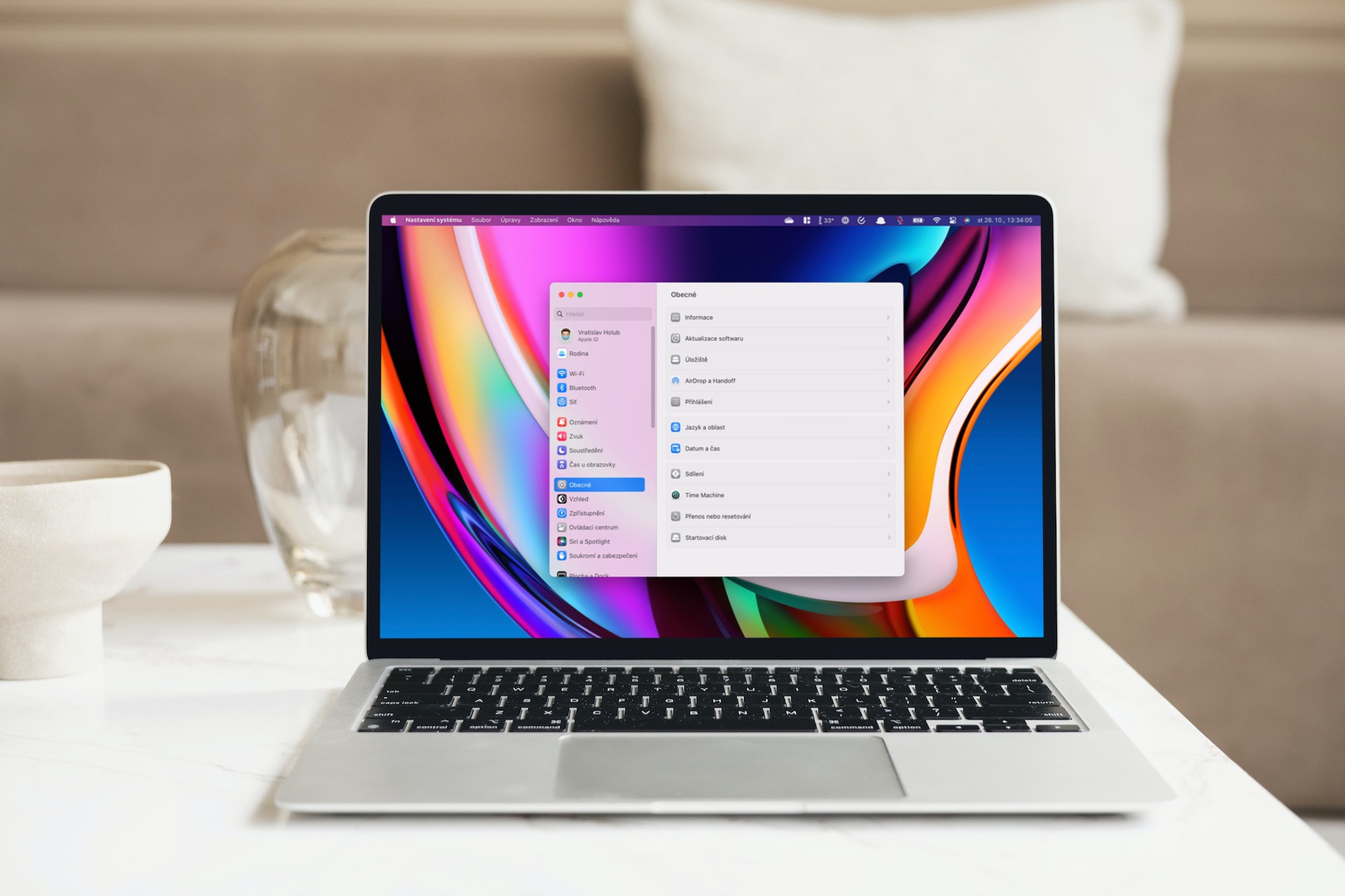
iPhone selection in the app
If you open FaceTime, an automatically displayed window informs you that the iPhone is connected and you can use it immediately - both the camera and the microphone. Other applications may not display this information, but usually it is enough to go to the video menu, camera or application settings and select your iPhone here. In FaceTime, you can do so in the menu Video, if you closed the original window without allowing iPhone as a source. You usually enable the microphone in System Settings -> Sound -> entry.
Using effects
So when your video call is already sizzling, thanks to the connected iPhone, you can take advantage of its various effects. These include centering the shot, studio light, portrait mode and table view. So centering the shot and looking at the table only works on iPhones 11 and later, portrait mode requires an iPhone XR and later, and you can start the studio light only on iPhones 12 and later.
You turn on all the effects in Control center after selecting the offer Video effects. Centering the shot keeps you engaged even when you're moving studio light mutes the background and illuminates your face without the use of external lighting, portrait blurs the background and table view it shows your desk and face at the same time. In this case, it is still necessary to determine the area that will be occupied on the table using the slider. It should be mentioned that some applications allow the activation of the effect directly, but each one also offers a universal launch through the aforementioned Control Center. In it you will also find microphone modes, which include voice isolation or wide spectrum (also captures music or nature sounds).






